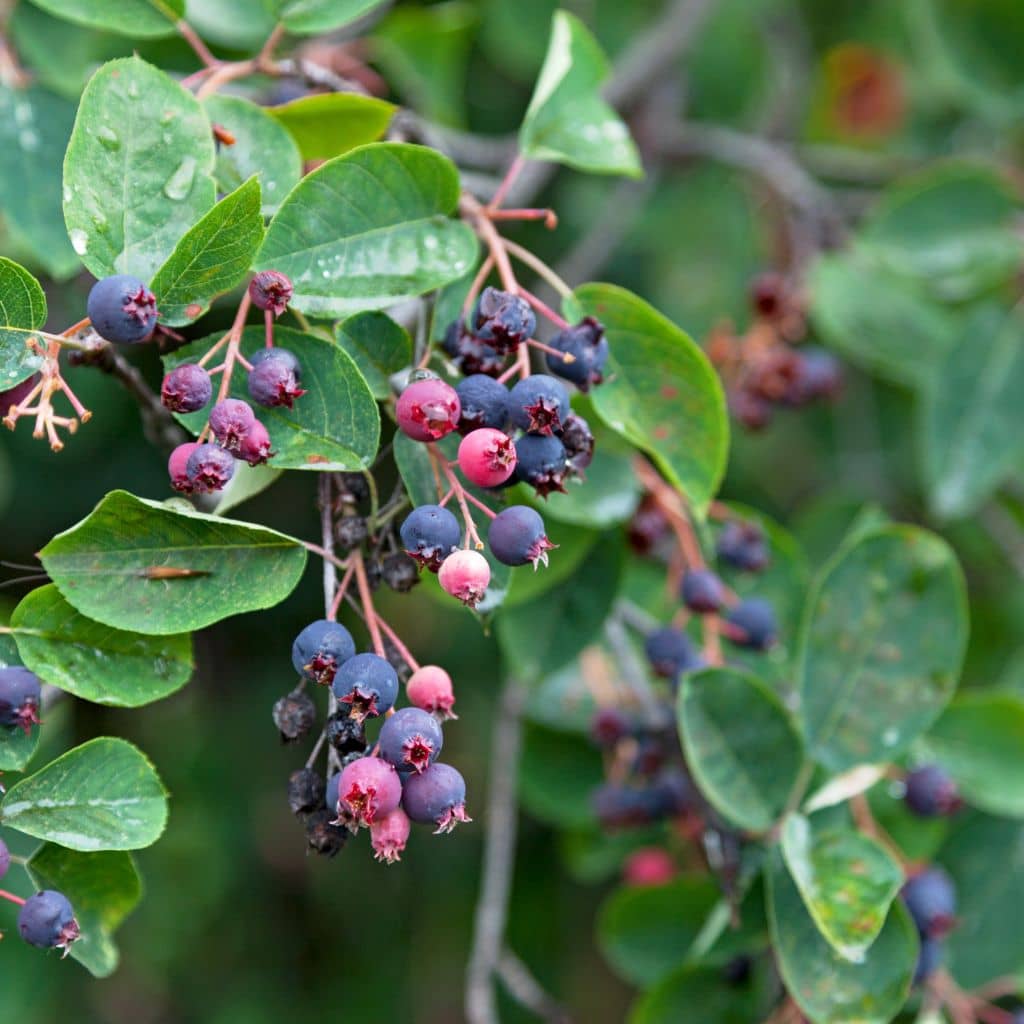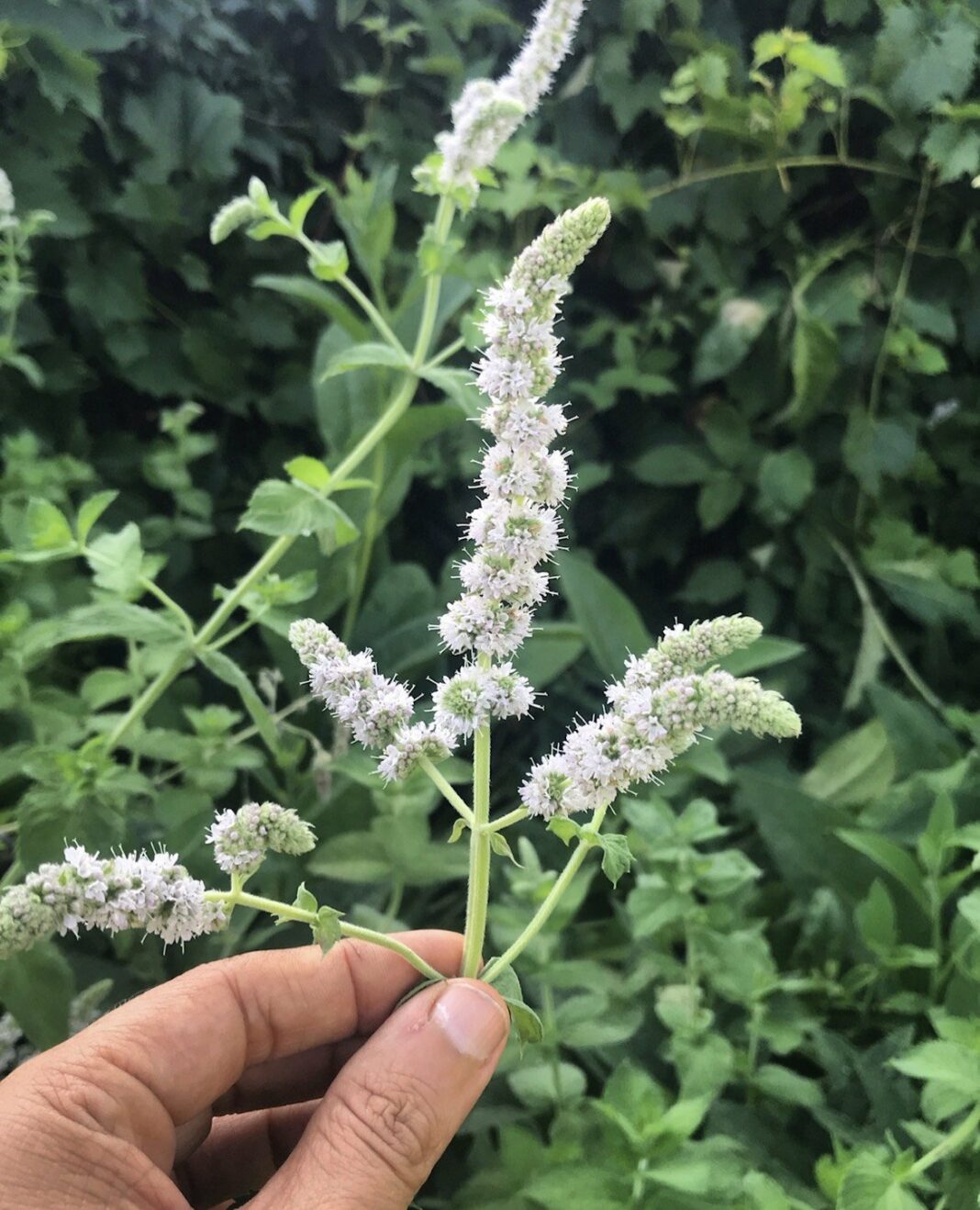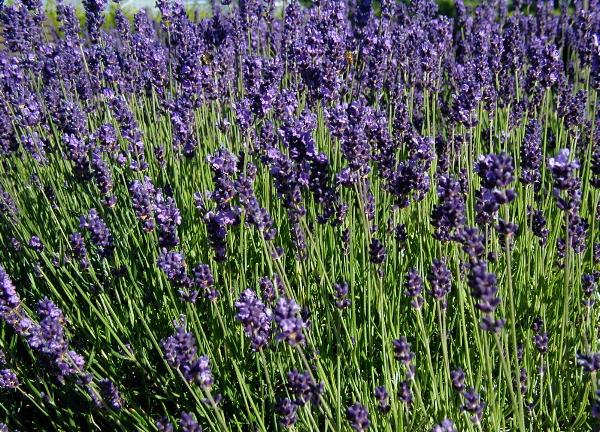In the woods of my homestead, the first blossoms of spring are always those of the Juneberry. Standing out against the backdrop of dormant trees, these blossoms herald the arrival of warmer days. Known by many names such as serviceberry, saskatoon, shadbush, and wild plum, Juneberries are a staple on my property, where I forage both the blossoms and the fruits. These plants, belonging to the genus Amelanchier, thrive across diverse climates and are as delightful to the eye as they are to the palate.Foraging, a hobby that has grown into a significant part of my lifestyle, connects me deeply to the cycle of nature and the sustainable practices I cherish. It’s more than just gathering food; it’s about understanding the environment and ensuring the continuity of these species for years to come. Juneberries are perfect for novice foragers because of their abundance and ease of identification. They’re not only an early treat but also a powerhouse of nutrition, offering myriad health benefits. In this guide, I’ll share the essentials of foraging Juneberries from my own experience—identifying them, harvesting responsibly, and making the most of their culinary potential.


